They even controlled Stalin's grave: the most ferocious organized criminal groups from the 90s
Categories: Society
By Pictolic https://pictolic.com/article/they-even-controlled-stalins-grave-the-most-ferocious-organized-criminal-groups-from-the-90s.htmlNow the greatest danger for business is the state itself, with its licensing mechanisms, taxes and regulatory authorities. But in the good old days, in the 90s, everything was as it should be – the criminals were engaged in taking money. He controlled absolutely everything and under the" roof " of the brothers were not only firms, markets and factories, but even ... the grave of Stalin's son in Kazan.
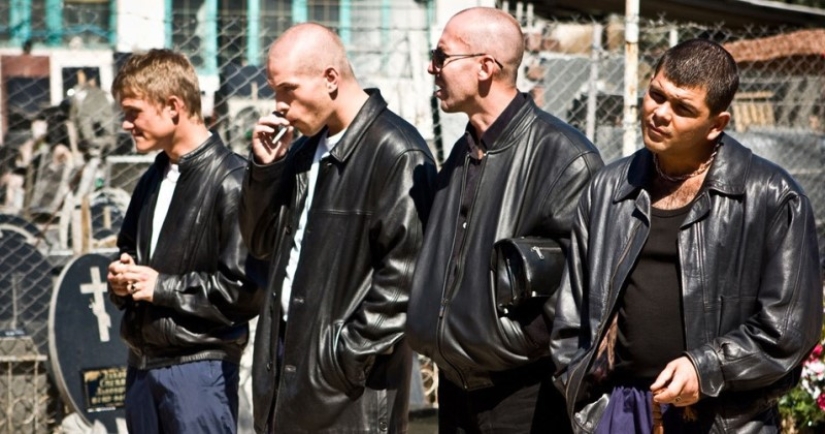
In the 90s, the mortality rate among young men aged 20 to 40 years in Russia increased by 35-70%. Organized criminal groups operated in almost every city and almost everywhere their members were the most affluent. The exact figures of the income of the organized criminal group are unknown, but fragmentary information that is in the public domain helped to compile this rating.
It was a relatively small bandit group, the backbone of which was no more than 10 people. Tver Wolves operated in Tver and the Tver region from the beginning of the 90s until 2006. The group controlled cargo transportation and gas stations on the Moscow – St. Petersburg highway, prostitution and gambling, construction and logging companies, and alcohol producers.
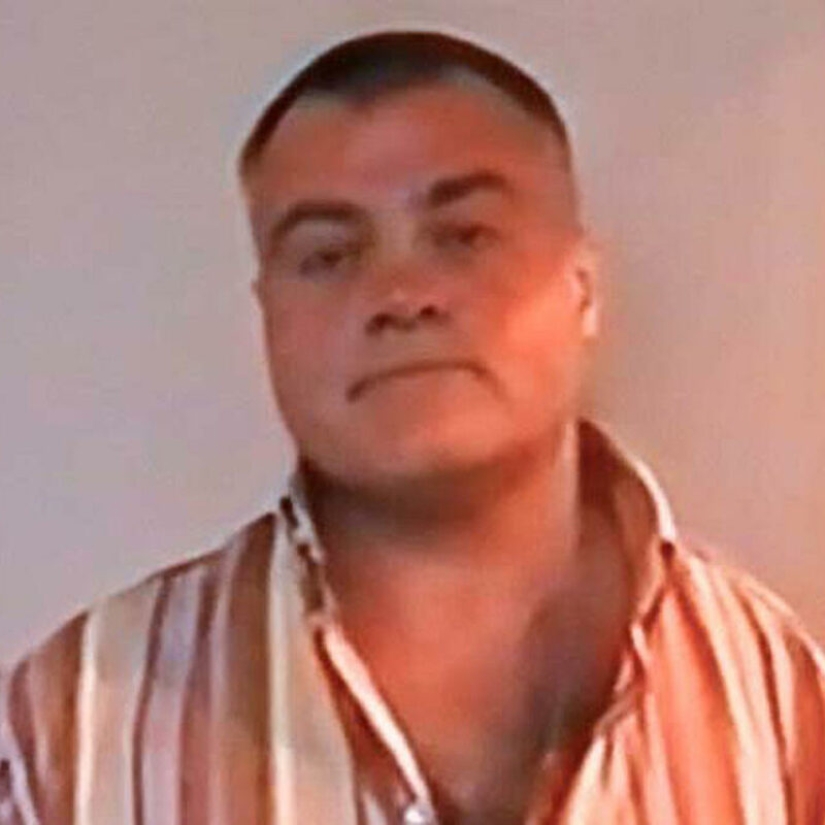
Tverskiye entrepreneurs were forced to pay $ 1,500 a month to the general staff, and obstinate businessmen were intimidated, beaten and deprived of their lives. Prostitutes were given 600 rubles for each day of work. In the late 90s, the organized criminal group began to engage in car theft and contract killings.
The criminal group was headed by Alexander Kostenko, nicknamed Lom. The leader owned a three-story mansion in a prestigious area of Tver and two luxury SUVs-a Toyota Land Cruiser and a Chevrolet Suburban. Loma's entourage did not live so coolly, but they also owned houses and expensive foreign cars.
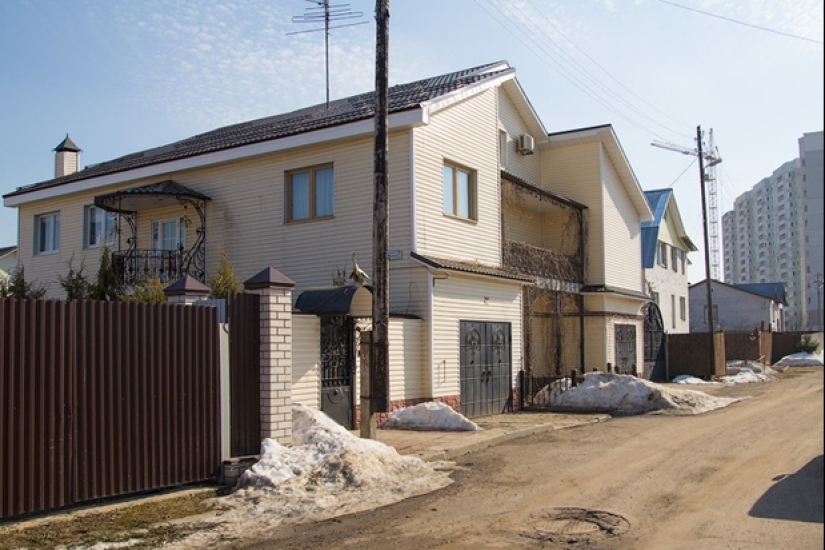
The calling card of the "Tver Wolves" was a public reprisal against the recalcitrant or competitors. The victim was shot at point-blank range in the presence of numerous witnesses, often in public places. According to the most conservative estimates, "Tverskiye" killed 14 people, but there is an opinion that there are much more victims.
On July 1, 2002, singer Mikhail Krug was shot dead at his home by a hitman and former ensign Dmitry Veselov. The bandits did not want to kill the chansonnier – they planned to rob his house and force the owner to turn to them for help. Thus, the Circle would become a debtor of the Scrap and the bandits planned to receive a percentage from each concert of the singer.
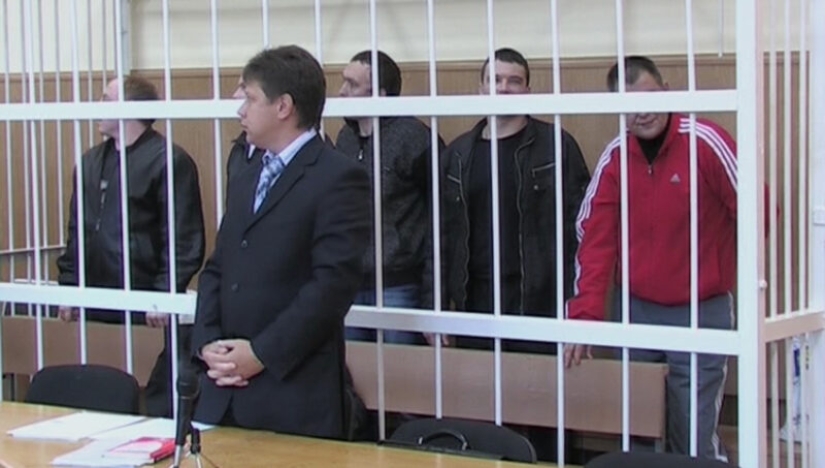
But the owner, who should not have been at home, unexpectedly caught the robbers and Veselov mortally wounded him. For this puncture, the killer paid with his life, since Krug was loved and respected among the "Tverskys". In 2006, the gang ceased to exist after the murder of Loma. The leader's car was riddled with machine guns and he had no chance to survive. The surviving members of the organized criminal group were arrested and almost all received life sentences.
The criminal group "Hadi Taktash" kept Kazan at bay from 1982 to 1999. The bandits "supervised" more than 40 companies and controlled Kazan prostitutes. A separate gang of organized criminal groups held in their hands all the cemeteries of Kazan, where nothing happened without the knowledge of local mafiosi. The gang even took care of the grave of Stalin's son Vasily at the Arsky cemetery.
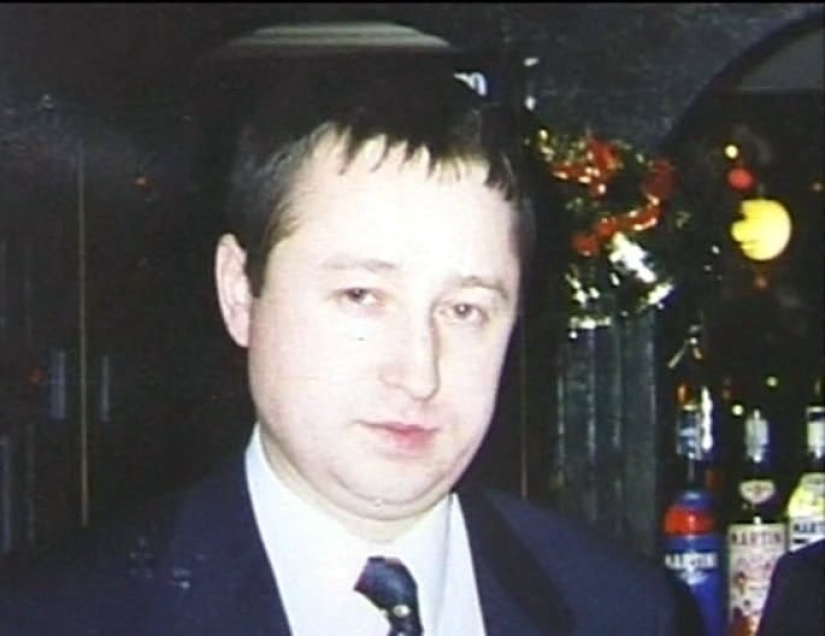
Enterprising "Taktashevtsy" turned the city plant "Health" into a city center of corrupt love and drug trafficking. In addition, several large underground brothels operated in the city, each of which brought up to $ 6,000 a day to members of Hadi Taktash. The leader of the gang, Radik Galiakberov, nicknamed Raja, carried a million dollars in cash with him in the car and squandered money, blowing dust in his eyes.
According to operational data, Hadi Taktash has about 50 human lives on its account. The bandits dealt not only with businessmen who did not want to pay, but also with their brothers who wanted to quit crime and leave the organized criminal group. It all ended on the Day of the Police in 1999, when one of the gang's hitmen was caught on the hot spot, who betrayed Raja. The leader was arrested and in 2002 he went to serve a life sentence in the colony "Black Dolphin".
A large organized criminal group "Podolsk" appeared in the early 90s in Podolsk, Moscow region, and existed until the early 2000s. At the best of times, the gang had up to 100 members. In the mid‑90s, almost the entire business of the city was under the control of criminals: shops, gas stations, banks, car service stations, construction companies. The tentacles of the gang stretched to other cities – the branches of the Podolskys worked in Urengoy and Kiev.
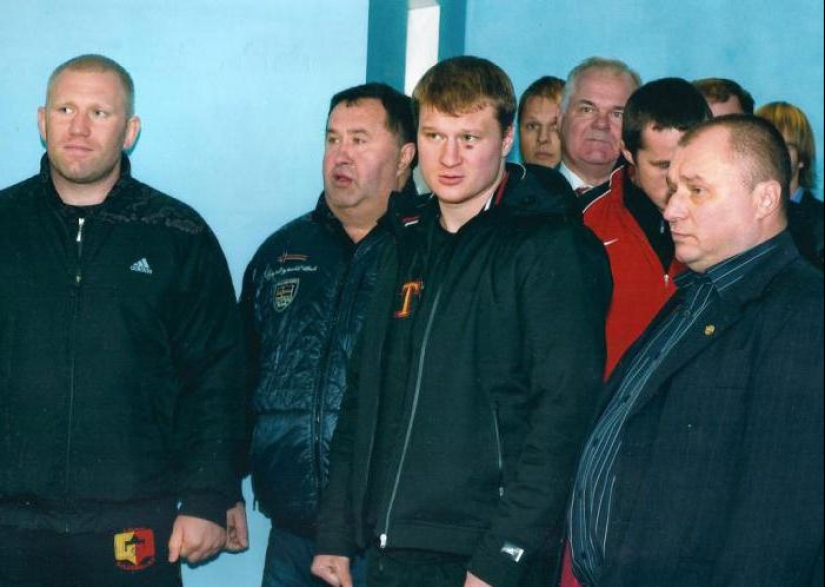
The income of the organized criminal group was simply fantastic. In 1991, the gang earned $ 30 million from only one major fraud. The criminals deceived the whole city – they promised to bring a large batch of imported sugar to Podolsk at a ridiculous price and invited everyone to make orders with prepayment. When a significant amount was collected, the scammers simply disappeared.
There is information that the "Podolskys" earned in the United States by contract killings, "solving the problem" for 10 thousand dollars. We can say that the gang broke up on its own – one of its leaders has been on the international wanted list for many years, and someone is a respected person in the city who is a member of high Moscow offices. One of the leaders of the organized criminal group was businessman Sergey Lalakin, who received a personalized watch from the President of Russia and a medal "For Loyalty to Duty and the Fatherland".
The Moscow organized criminal group "Orekhovsky" appeared in the mid-80s and successfully operated until the mid-90s. The gang members started with small things – they collected tribute from prostitutes and truckers in roadside bars, promising protection from problems. In the 90s, they discovered racketeering and began to crush firms and markets under themselves.
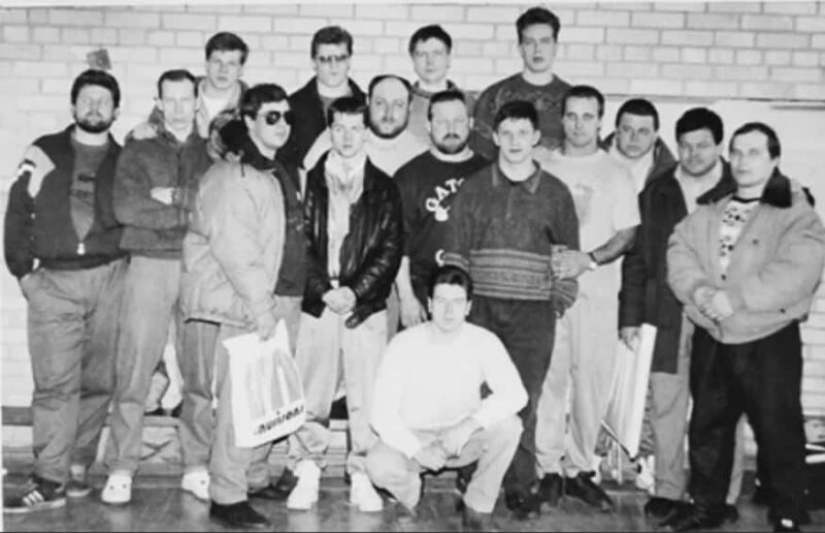
Very soon, the Orekhovskys controlled almost all the capital's taxi services, the Prague, Pokrovsky, Mitinsky and Dorogomilovsky markets, the Russian Gold company, the Kapitan-Express bank and even Domodedovo Airport. The tentacles of the group stretched far to the east – the bandits participated in the privatization of the metallurgical giants of the Urals.
Greedy and cruel, the "Orekhovsky" taxed businessmen with an unaffordable tribute. Large companies gave up to 30% of profits, and small ones-up to 70%. Dissenters were ruthlessly and demonstratively dealt with. The leader of the organized criminal group – a former Novgorod tractor driver Sergey Timofeev, nicknamed Sylvester, was the owner of a fortune of $ 14 million. This man has become a real legend and it is believed that he became the prototype of Sasha Belov in "The Brigade", Rocky in" Ice Age "and Silver in"Gangs".
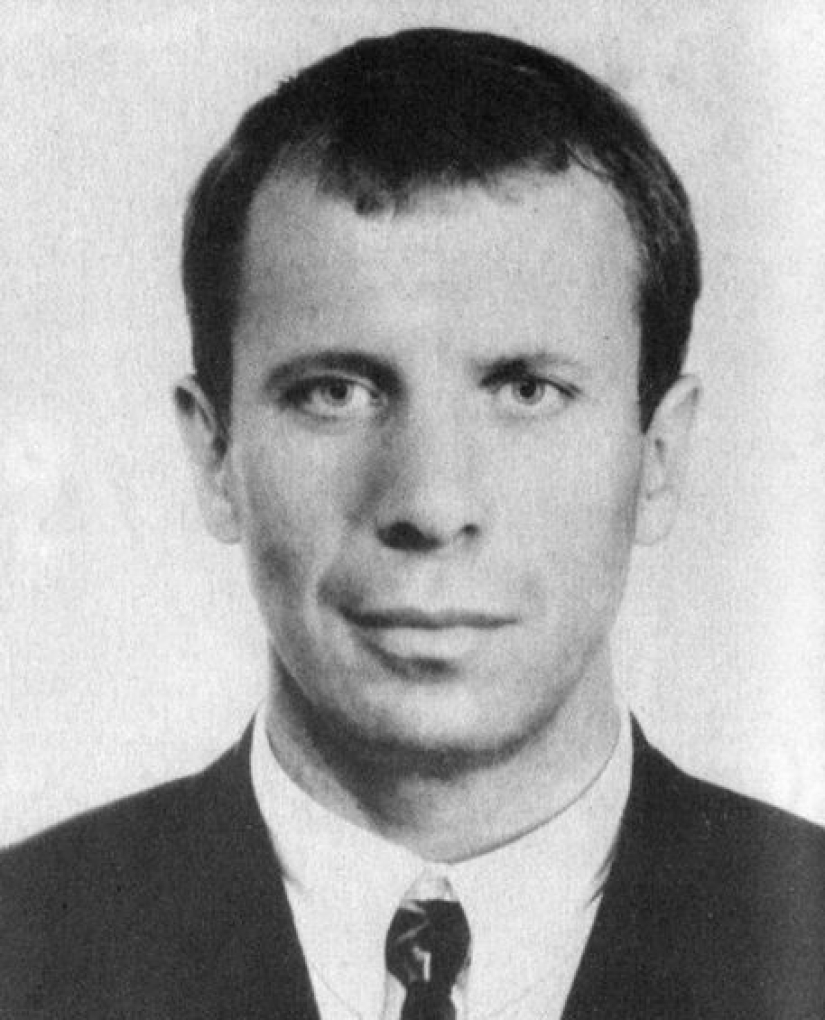
The exact number of victims of the "Orekhovskys" is unknown, but 30 people were killed in cases related to the gang. It is believed that the oligarch Boris Berezovsky also almost fell into this number when a daring attempt was made on him in June 1994. One of the killers of the organized criminal group was the famous Sasha Soldier, who eliminated the legend of criminal Russia Sasha Macedonian.
The end of the "Orekhovsky" came after the death of Sylvester, who was blown up in a car on September 13, 1994. Sergey Butorin, nicknamed Osya, who replaced him, did not have much authority and the gang began to crawl at the seams. The militants of the organized criminal group scattered around the world and were caught and tried for a long time. The last of the "Orekhovsky" killers, Dmitry Belkin, was arrested only in 2012.
The criminal group "Tambov", which operated in St. Petersburg from the early 90s to the early 2000s, had up to 500 members. The organized criminal group specialized in racketeering and extortion, and by 1995 it controlled a third of the Russian drug trafficking.
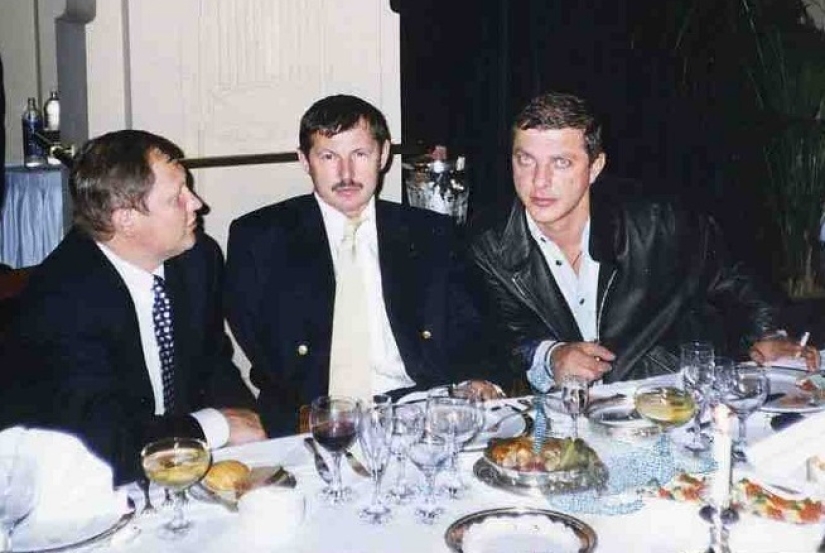
The leader of the gang, Vladimir Kumarin (Barsukov), nicknamed Kum, was originally from Tambov, which gave the name to his team. He was obscenely rich, even by the standards of the bandits of the 90s-he owned a historic mansion with an area of 480 square meters. meters in the center of St. Petersburg and held about $ 2 billion in personal accounts.
In the city, Kumarin was called the "night governor" and the leader of the organized criminal group portrayed a fair and close to the people big man. Even ordinary citizens came to the Godfather to ask for help, and he helped, binding the petitioner with bonded obligations.
The most notorious crime of the "Tambov" was the murder of a female politician Galina Starovoitova in 1998. She was shot at the door of her own apartment by two thugs from this gang, but the name of the murder customer still remains a mystery. In total, the gang accounts for dozens of deaths throughout Russia.
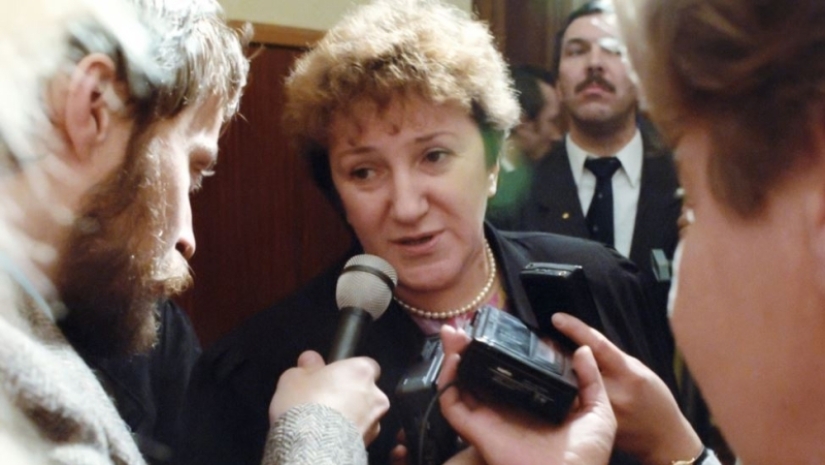
Kumarin was arrested only in 2007, but they could only show him a couple of raider seizures of companies. He was sentenced to 15 years, but later the case was reviewed and the term was increased to 24 years. The rest of the gang members also could not escape punishment.
Keywords: Crime | Russian Federation | Murders | Society | 90s | Gang
Post News ArticleRecent articles

The next time you're at a dinner party and someone lays out different nuts, take a moment and let everyone know that many of the ...

Discussions have been going on about the origin of the Americans' nickname "Yankee" for a very long time. There are many versions, ...
Related articles

Photographer Adam Hinton has taken a series of mesmerizing portraits of members of the Mara Salvaruch, also known as MS-13 — one ...

Beloved by many, actor Mikhail Boyarsky has always been distinguished not only by his cheerful disposition and desperate, sometimes ...

Many are tormented by the question — why do some grow long nails on his pinky. If you ask the owners of such "decorations", we ...

A nudist cruise isn't just a clothing-optional sea voyage; it's an entire subculture with its own rules, traditions, and ...